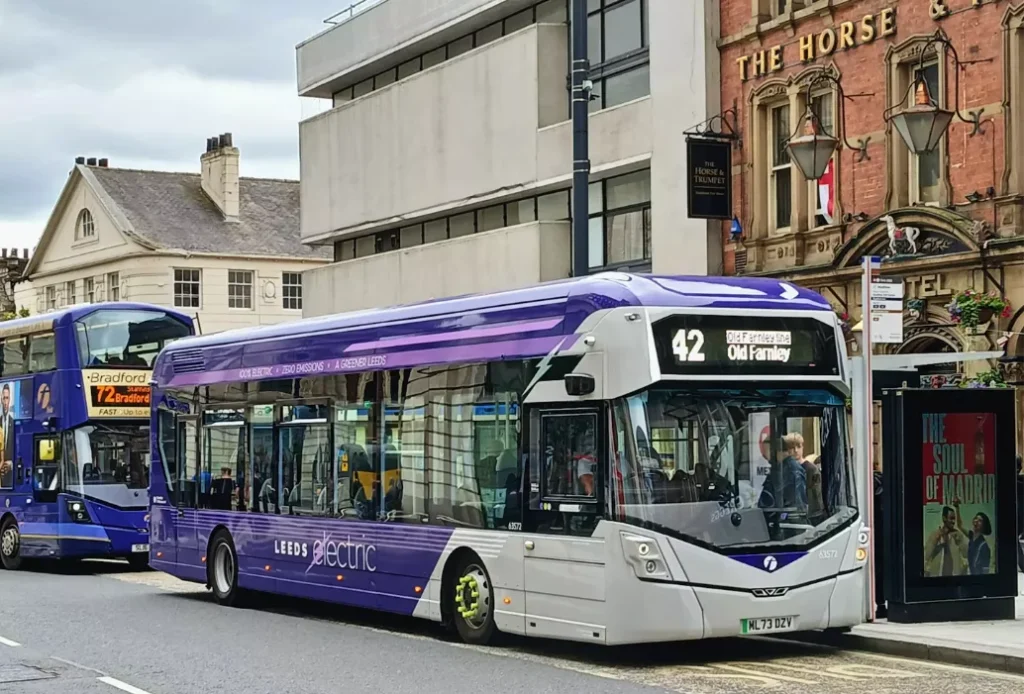








From EVs and batteries to autonomous vehicles and urban transport, we cover what actually matters. Delivered to your inbox weekly.

Portland, Maine, has launched a micromobility pilot aimed at cutting downtown traffic while building a stronger foundation for long-term transport options. The program centers on e-bikes and e-scooters positioned at key transit hubs and job centers, marking a shift toward more thoughtful integration of shared mobility in smaller cities.
Rather than chasing ridership numbers or short-term revenue, Portland is testing a slower, infrastructure-first model. Tandem Mobility, the city’s operating partner, is helping make that possible. Their approach is less about dumping scooters on sidewalks and more about placing them where they support bus routes, reduce car trips, and fit into the broader transit system.
Past examples from other cities helped shape the pilot. Officials studied programs plagued by clutter, low use, or little alignment with local travel patterns. Portland’s version steers clear of those mistakes by focusing on a smaller footprint with clear performance tracking from day one. That includes metrics on usage, reliability, and integration with other transport options.
Early zones include areas near commuter transit stops and dense employment corridors. These serve as test cases for how micromobility can reduce local car trips while connecting more people to the existing transit network. If those prove successful, the city may expand the network and experiment with strategies like curb management changes to better handle pickup, drop-off, and sidewalk use.
By testing in lower-pressure environments and emphasizing long-term fit, Portland joins a growing number of cities designing micromobility for the systems it’s meant to support. If they get the basics right—placement, permits, and public space management—this could serve as a model for other midsize cities navigating the same tradeoffs.